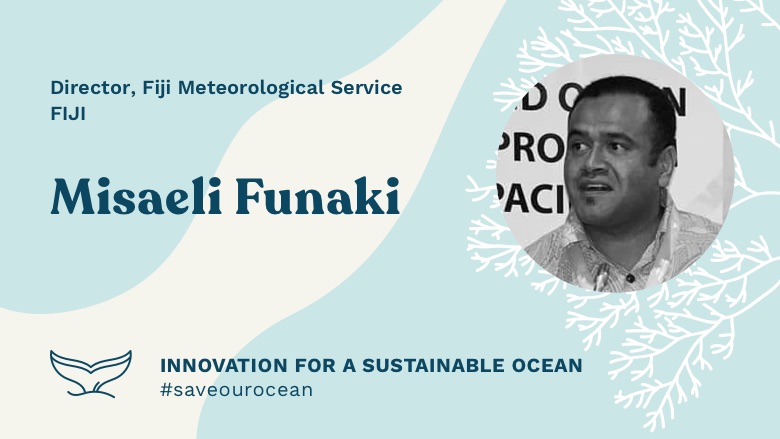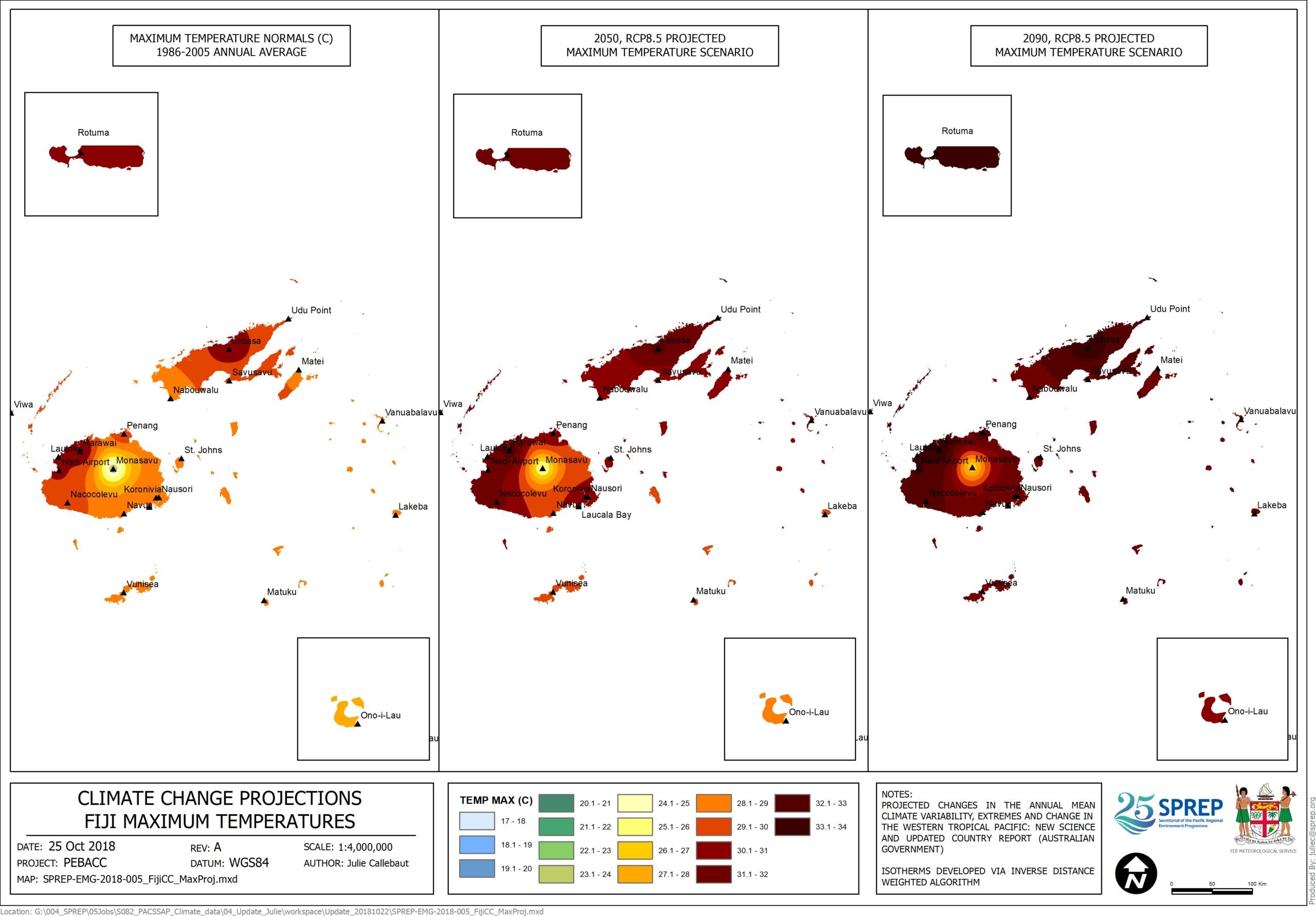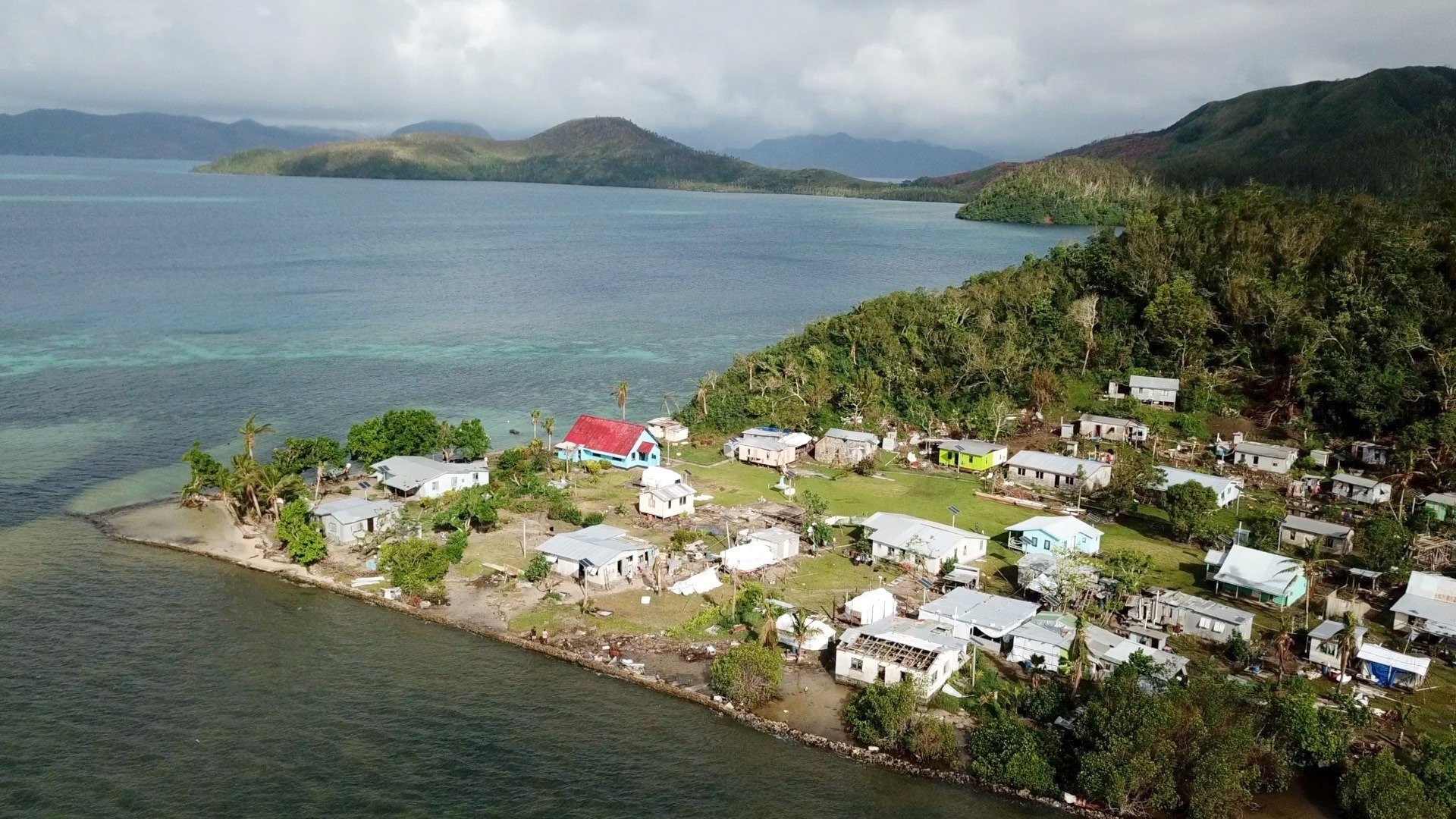Misaeli Funaki is the Director of the Fiji Meteorological Service and he is always looking for innovative ways to predict what the ocean will do next. The work of his team is critical to saving lives and helping Pacific communities prepare for an uncertain future.
Tell us about yourself.
I am originally from a very beautiful group of islands to the far east of Fiji, known as the Lau Group. Growing up in Fiji, one has got to know the basic skills of survival. Given that we are an island nation and the ocean surrounds us from every side, the ocean is a livelihood for us.
But the severe weather, like tropical cyclones, can cause a lot of damage. That is why I pursued a career in the field of meteorology. And I have been in meteorology for almost 15 years now.
What does the Fiji Meteorological Service do?
The Fiji Meteorological Service provides weather bulletins and tropical cyclone warnings to members of the public and mariners. Our work extends beyond Fiji to other countries in the Pacific, like Niue, Kiribati, Tuvalu, Cook Islands and many others where we also provide weather bulletins and tropical cyclone alerts and warnings. The importance of providing marine weather bulletins at the right time, with enough lead time for people to get to safety, is very critical to our survival in the Pacific.
We have also developed a wave forecast model. Working with the World Meteorological Organization and the Pacific Community, the wave forecast model provides clear forecasts of large swell impacts on the coral coast more than a week in advance. It’s entirely new and it means we can now give impact-based warnings to communities and hoteliers when there is the risk of large waves coming over the coastline.
Recently, we were able to run our wave models and storm stage models before Tropical Cyclone Harold hit and we were able to inform the public on the height of waves that they should be expecting. This was a first for Fiji and the region, and allowed people to better prepare for the impacts of the cyclone.
The model is now being built for Tuvalu, and the World Bank is supporting a similar project in the Marshall Islands.
What do you see as the biggest challenges facing our oceans in 2020?
I believe the greatest issue in the Pacific is that the oceans are rising. The ocean temperature is rising and the sea levels are also rising. There is livelihoods being lost because of loss of land as sea levels rise.
At the same time, we also have severe weather. Storm surges and king tides are impacting clean water sources and the water table. So the Pacific is working to inform the rest of the world about what our region will be facing in the years ahead.
What does this year’s World Oceans Day theme, ‘Innovation for a Sustainable Ocean’, mean to you?
As the main meteorological service in the region, it’s important for us to shift our focus from what the weather will be, to what the weather will actually do – meaning what impact the weather will have on communities. We need to be innovative so that we can inform our people better on the changes that we are already experiencing and that will continue into the future.
But we not only tell people about the changes in the weather, we also communicate to people the need to keep the oceans clean. For it is the oceans that have sustained us and will continue to sustain us. This is part of the message that we take out to the public.
What message would you like everyone to hear on World Oceans Day 2020?
For us in the Pacific, the message has always been loud and clear. The Pacific Ocean is our livelihood and we understand the importance of people taking care of the ocean and playing their part in helping to keep the oceans clean. If we do not take care of it, if we are not innovative enough, it will be too late for us to save the oceans




